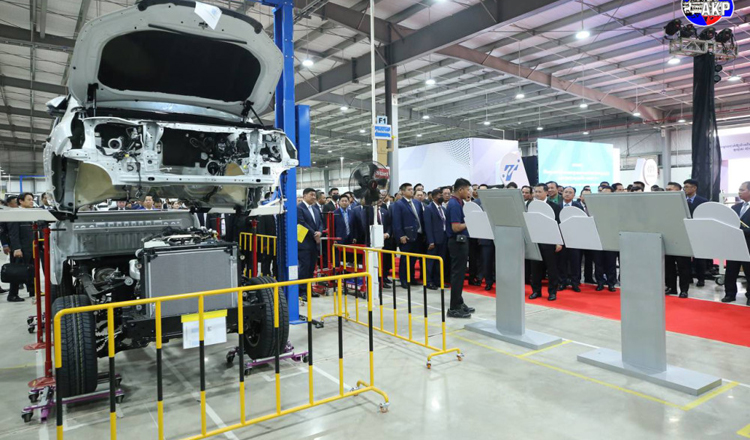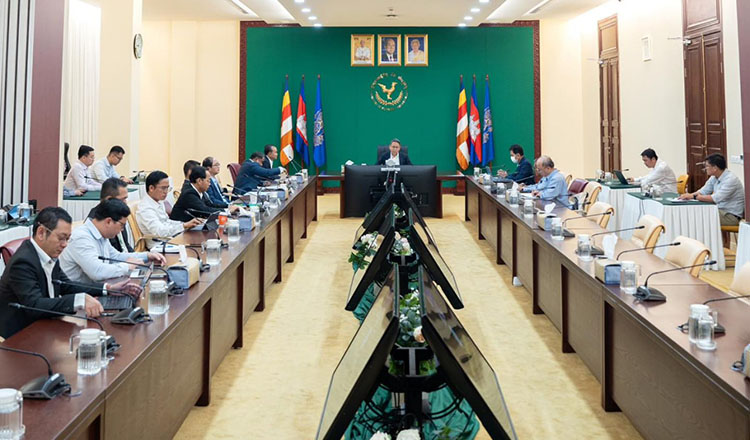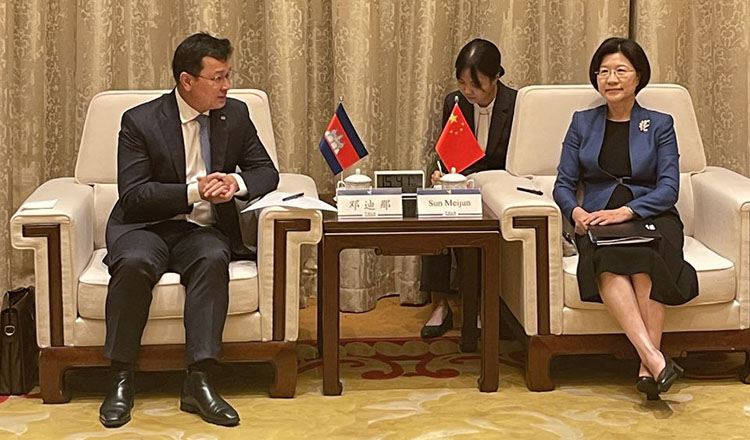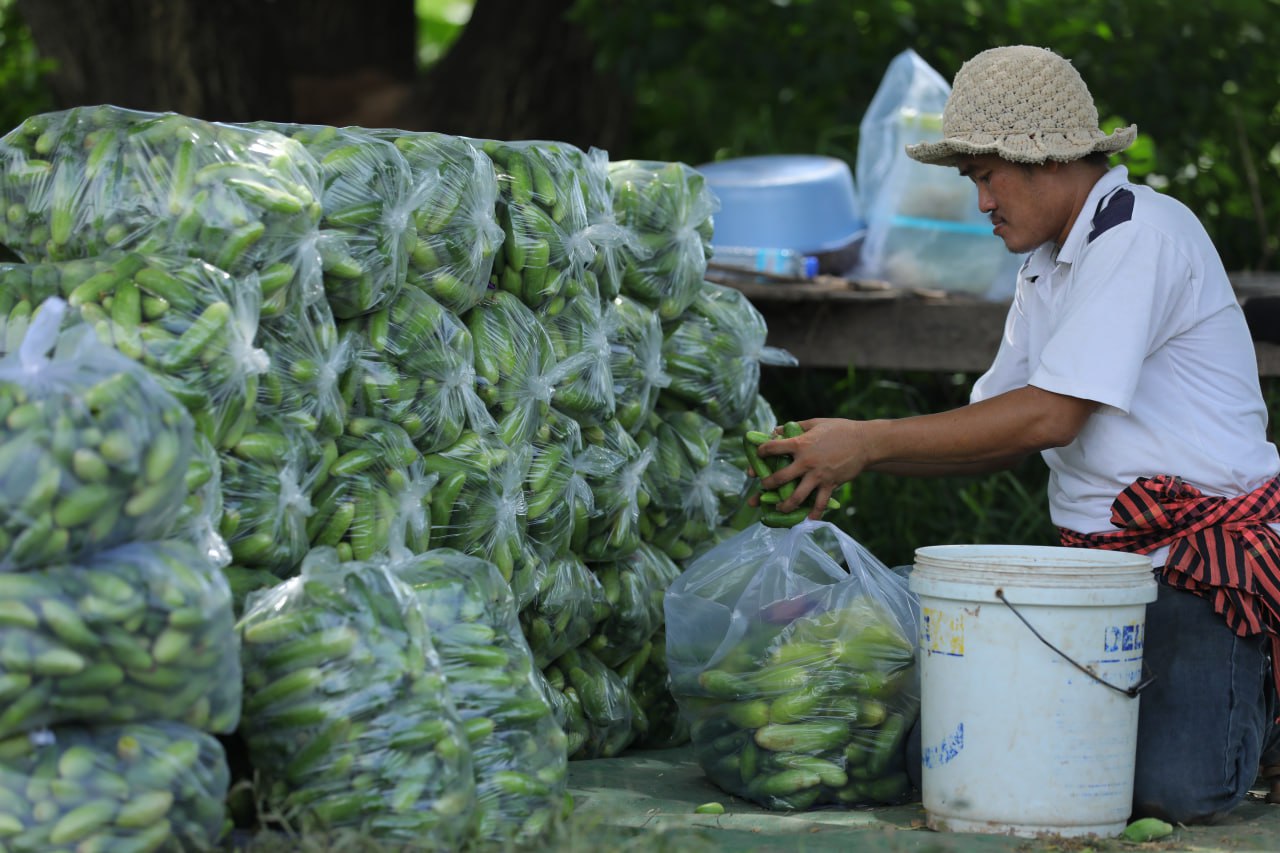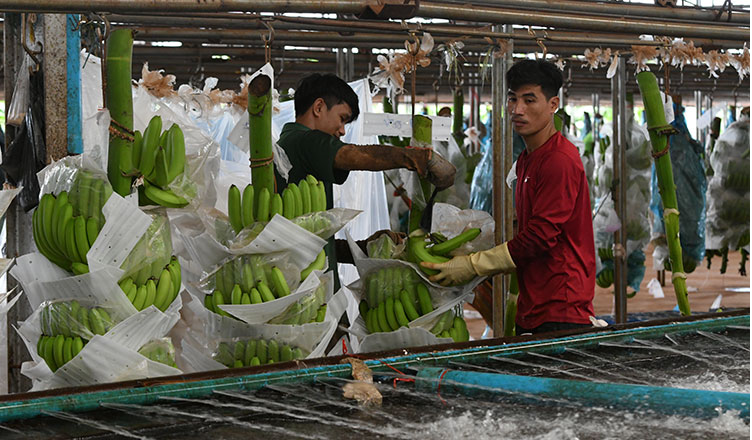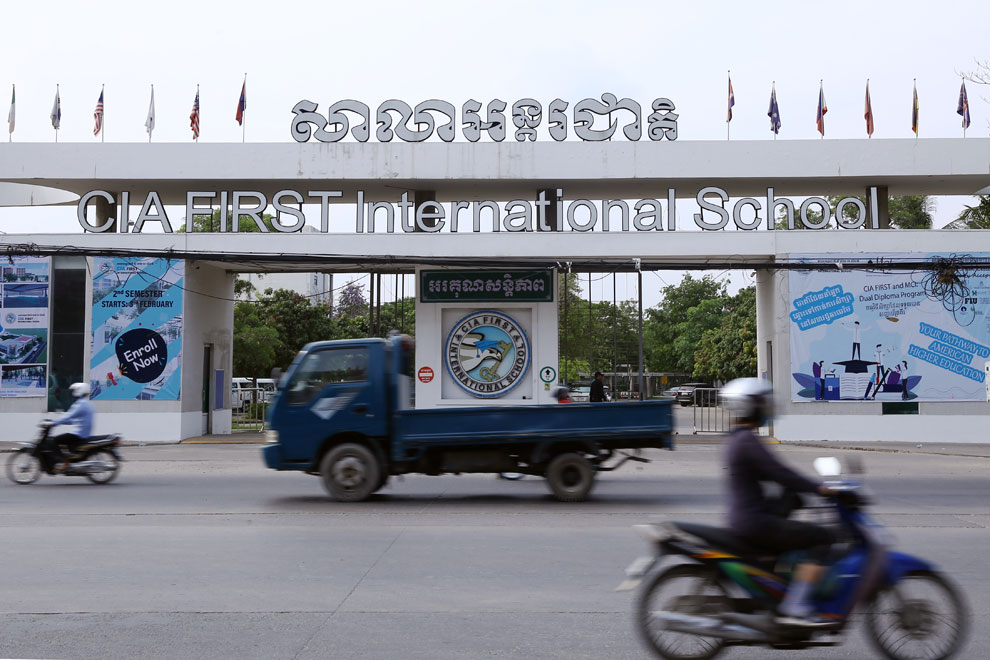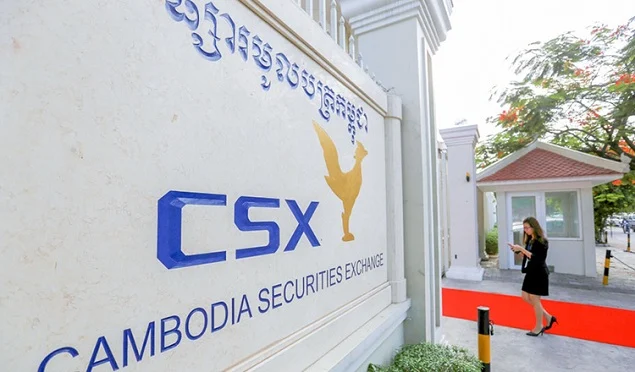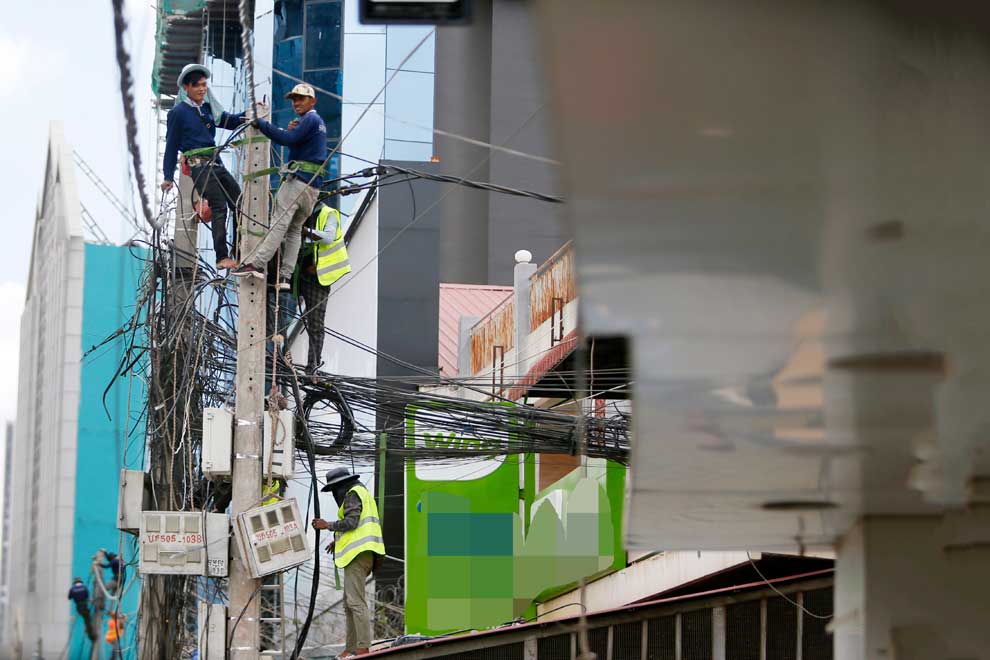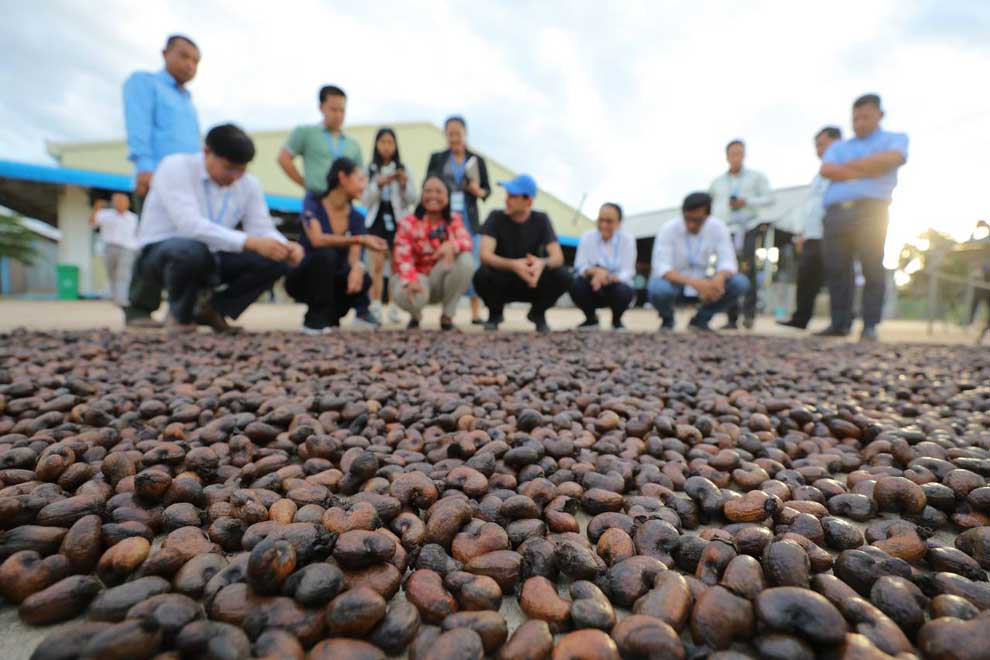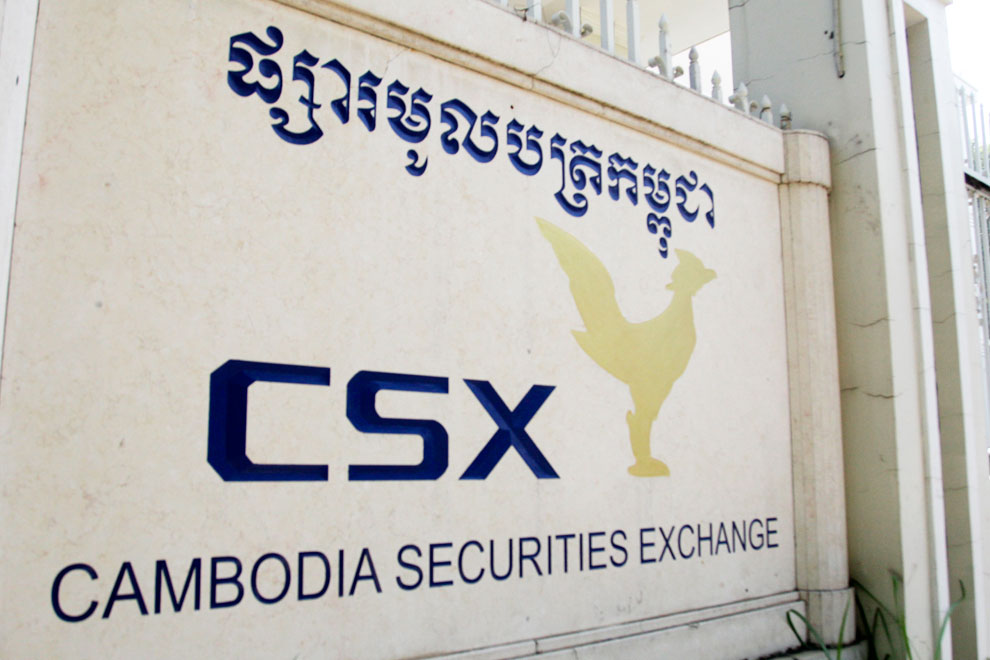RCEP boosts Cambodia’s striking export growth
RCEP boosts Cambodia’s striking export growth
Cambodia earned over $6 billion from exports to members of the Regional Comprehensive Economic Partnership (RCEP) in the first 10 months of 2023, an over 25% increase compared to the corresponding period of 2022. The rise is attributed to improvements in regional and global economic conditions in recent months.
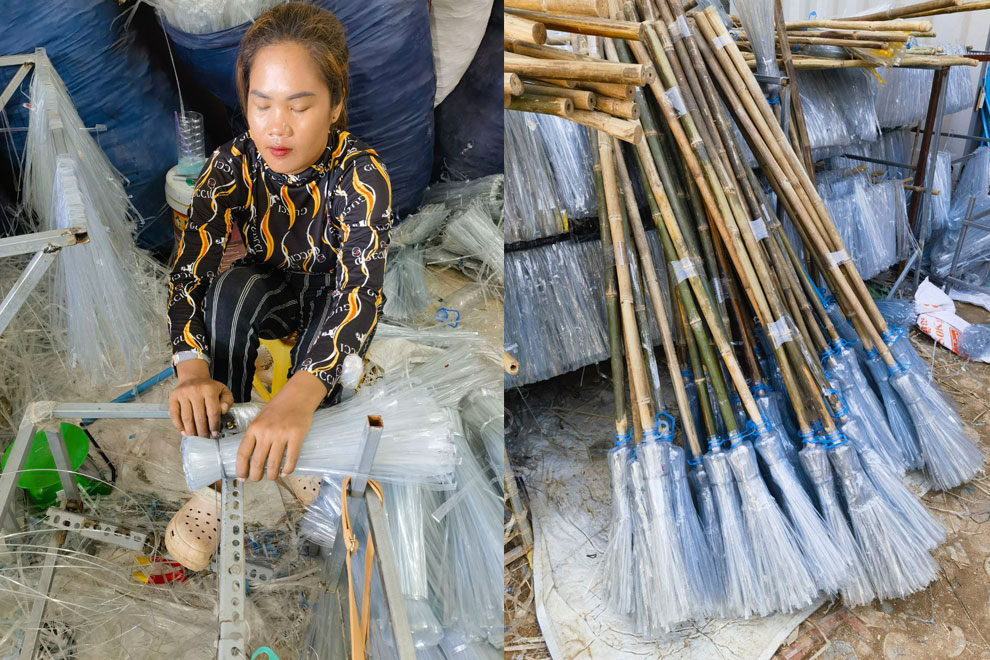
A December 6 report from the Ministry of Commerce detailed that from January to October, Cambodia exported goods worth $6.45 billion to the top five RCEP members: Vietnam, Thailand, Singapore, China and Japan. This represents a 26.5% year-on-year surge.
The RCEP, an ASEAN initiative, is the largest free trade agreement (FTA) globally, covering 15 countries including the 10 ASEAN member states and five key Indo-Pacific countries: Australia, China, Japan, New Zealand and South Korea.
Ministry spokesperson Penn Sovicheat told The Post on December 6 that the RCEP implementation has significantly benefited the country, particularly in exporting to member states, a new potential growth area in the region.
He said this comes amid a slowdown in exports to traditional markets – Europe and the US – due to geopolitical tensions and the aftermath of the Covid-19 pandemic.
“The effectiveness of the RCEP in 2022 has become a new driver for Cambodia’s long-term export growth. Under the agreement, numerous tariff reductions allow Cambodia to capitalise on opportunities to spur exports,” he stated.
Sovicheat highlighted that China is a major market for the country, particularly for potential agricultural products such as milled rice, yellow bananas, mangos, longans and pepper.
He also emphasised the benefits the country derives from the agreement, including preferential tariffs on various goods, technology transfers, skill development and employment opportunities spurred by foreign direct investment (FDI).
Hong Vannak, an economics researcher at the Royal Academy of Cambodia, noted that the increase in the country’s exports to international markets, especially RCEP member states, amid unstable international economic and political tensions signifies the rapid growth and standard quality of the country’s production capacity.
He attributed the rise in production and export to factors like improved political and geographical stability, integration of the Cambodian economy into the regional and global economy, investment law system reforms, more export markets and special conditions, enhanced transport infrastructure and special economic zones (SEZs).
“Cambodia is now well-prepared to meet orders from the international market from all directions. The country also has the potential to attract direct investors,” he noted.
“Given what Cambodia has, I am optimistic that international trade, particularly the Kingdom’s exports to global destinations, will further increase from 2024 onwards. At the same time, the number of foreign tourists will also rise,” he added.
RCEP nations collectively represent about 2.2 billion people, or 30% of the global population, contributing $26.2 trillion to the gross domestic product (GDP), which is 30% of the worldwide GDP. Member countries account for approximately 28% of global trade, as per the ministry.
Cambodia’s total international trade volume was valued at $38.66 billion during the first 10 months of 2023, a 3.1% decrease from $39.9 billion in the corresponding period last year, according to the General Department of Customs and Excise (GDCE).




